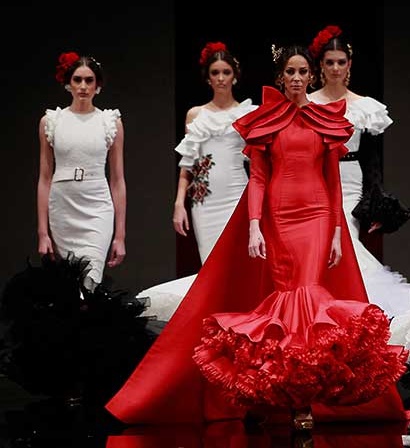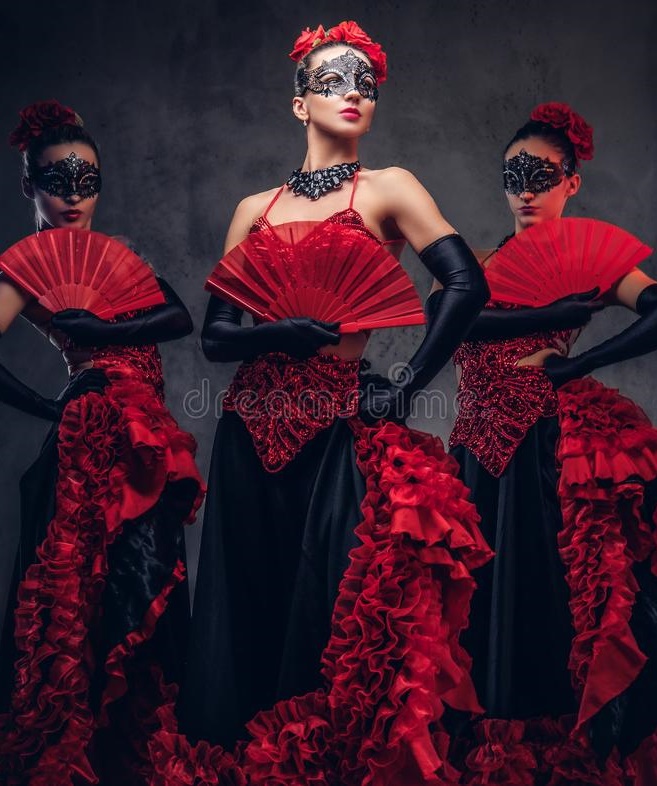Spain is the country associated with love, passion, and bold fashion choices that have been transforming throughout many centuries. Despite everyone’s beliefs of France, being the main center of fashion, Spain and its unique culture has been at the forefront of this industry since the 16th century. Traditional Spanish culture is known for its bright colors, detailed designs, and bold silhouettes. Even five centuries later, people can still see the traditional clothing appearing in the rural parts of the country – the heart of the culture.
Climate specialties of Spain led to the cultivation of various raw materials used for textile production. The explanation of dominant black and red colors of the clothing is explained by the fact that Spanish colonies supplied dyestuff of these colors, which historically became the identifying colors of the country. Silk production was an essential industry in Spain during the Middle Ages; the damp climate of some Spanish territories produced excellent silk, which the country introduced to the rest of Europe in the form of sericulture and silk weaving (Miller, 2018). Therefore, black and red colors, detailed embroidery, and silk clothing became historically traditional dress garments, which, as seen in the pictures, are perfectly incorporated in contemporary fashion.
Social status was a determinant of your dressing style, similar to all the other countries; however, there was one garment detail that united all Spanish women regardless of their standing in the community. Women of all ranks have always had their rosaries every time they attended church, in a way that every person could see it from far (Miller, 2018). Rosaries are a part of the Spanish church-dress, necessary for each individual, no matter the social position.
In the globalizing world, culture gains more value with each day, as it is an identification of one’s heritage. Culture shapes a person’s values and gives the community a sense of cohesion, which is often represented by the clothing. Fashion has always been one of the best ways to reflect one’s culture and evoke the feeling of unity wherever you are by only looking at your dress or a small scarf.


Reference
Miller, L. E. (2018). Spanish Dress. LoveToKnow. Web.